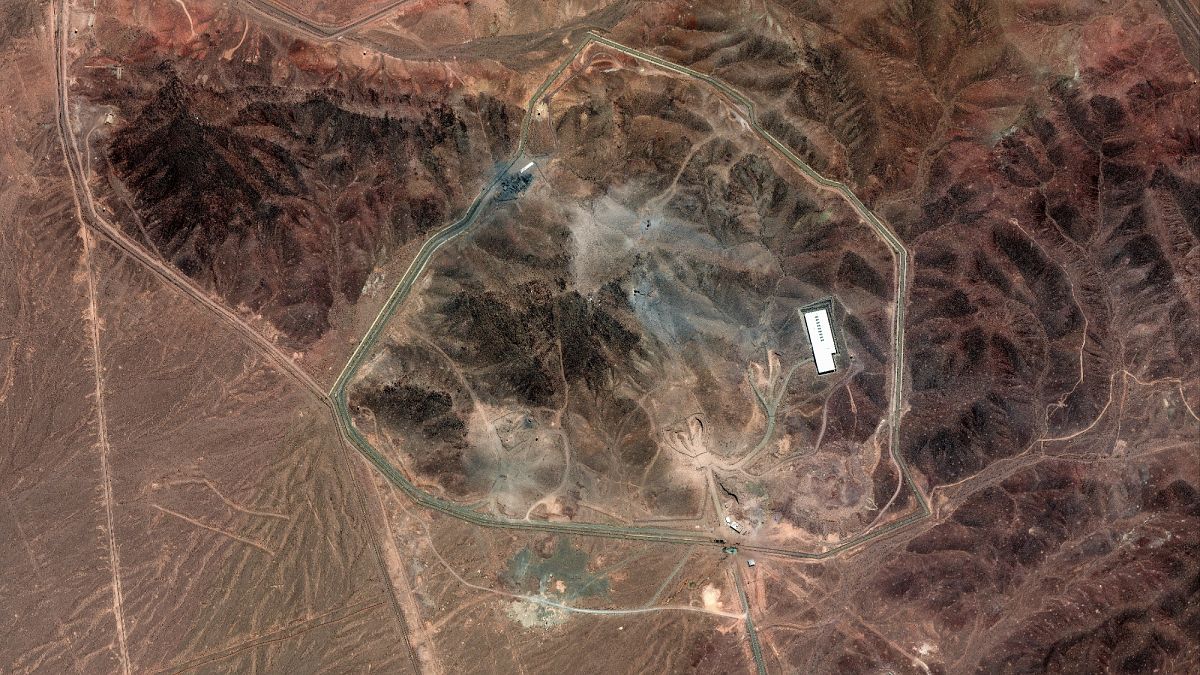

In recent developments across the globe, tensions continue to simmer in various regions, reflecting a complex tapestry of geopolitical dynamics that influence international relations and internal affairs alike.
The Israeli atomic agency recently reported an intensified focus on Iran, following a series of strikes that have reportedly incapacitated the Fordow enrichment site. However, this declaration stands in contrast to a leaked intelligence report from the United States, which suggests that Iran’s nuclear ambitions may only face brief setbacks of a few months. This divergence in assessments highlights the ongoing uncertainty surrounding Iran’s nuclear trajectory and underscores the intricate balance of power and diplomacy in the Middle East.
Simultaneously, the conflict in Gaza remains a poignant point of global attention. The recent tragedy involving an explosive device attached to an armoured vehicle claimed the lives of seven Israeli soldiers. Over 860 Israeli soldiers have died since the onset of the Israel-Hamas conflict in October 2023, with more than 400 of those casualties occurring in Gaza. The continued violence has left a profound impact on both military and civilian landscapes, reflecting the deep-seated challenges faced in achieving a lasting peace in the region.
Adding another dimension to the complex geopolitical mosaic is the discovery of drone debris in Ukraine, suggesting possible Russian utilization of advanced Iranian technologies. Experts caution that while labels on the drones are not definitive proof, the presence of English words consistent with Iranian marking standards may indicate a new level of cooperation between Russia and Iran. This revelation points to the expanding implications of the Ukraine conflict and potential shifts in regional alliances and technological exchanges.
In contrast to these external engagements, Iran is also navigating internal challenges marked by an intensifying security crackdown. The country’s pivot from a tense military engagement with Israel to addressing internal unrest has seen a marked increase in arrests and a robust street presence particularly in Kurdish regions. Amidst these actions, Iranian authorities report mass arrests and executions, painting a picture of a nation grappling with considerable internal and external pressures.
Meanwhile, Sudan grapples with its own internal strife as the World Health Organization condemns a devastating attack on a hospital in West Kordofan. The attack, resulting in more than 40 civilian deaths including healthcare workers, amplifies the humanitarian crisis borne out of the ongoing civil war. This conflict, characterized as one of the world’s largest humanitarian crises, calls to attention the dire need for resolution and humanitarian assistance in the region.
As these global challenges unfold, they highlight a tapestry of interconnected events and responses, where diplomatic efforts, military actions, and humanitarian needs weave together. This interconnectedness emphasizes the reality that actions in one region can ripple across borders, impacting international relations and local communities alike. In moving forward, a mindful approach that emphasizes collaborative dialogue and positive engagement remains crucial for fostering hope and stability in a world seeking solace amidst times of uncertainty.
Source: {link}
